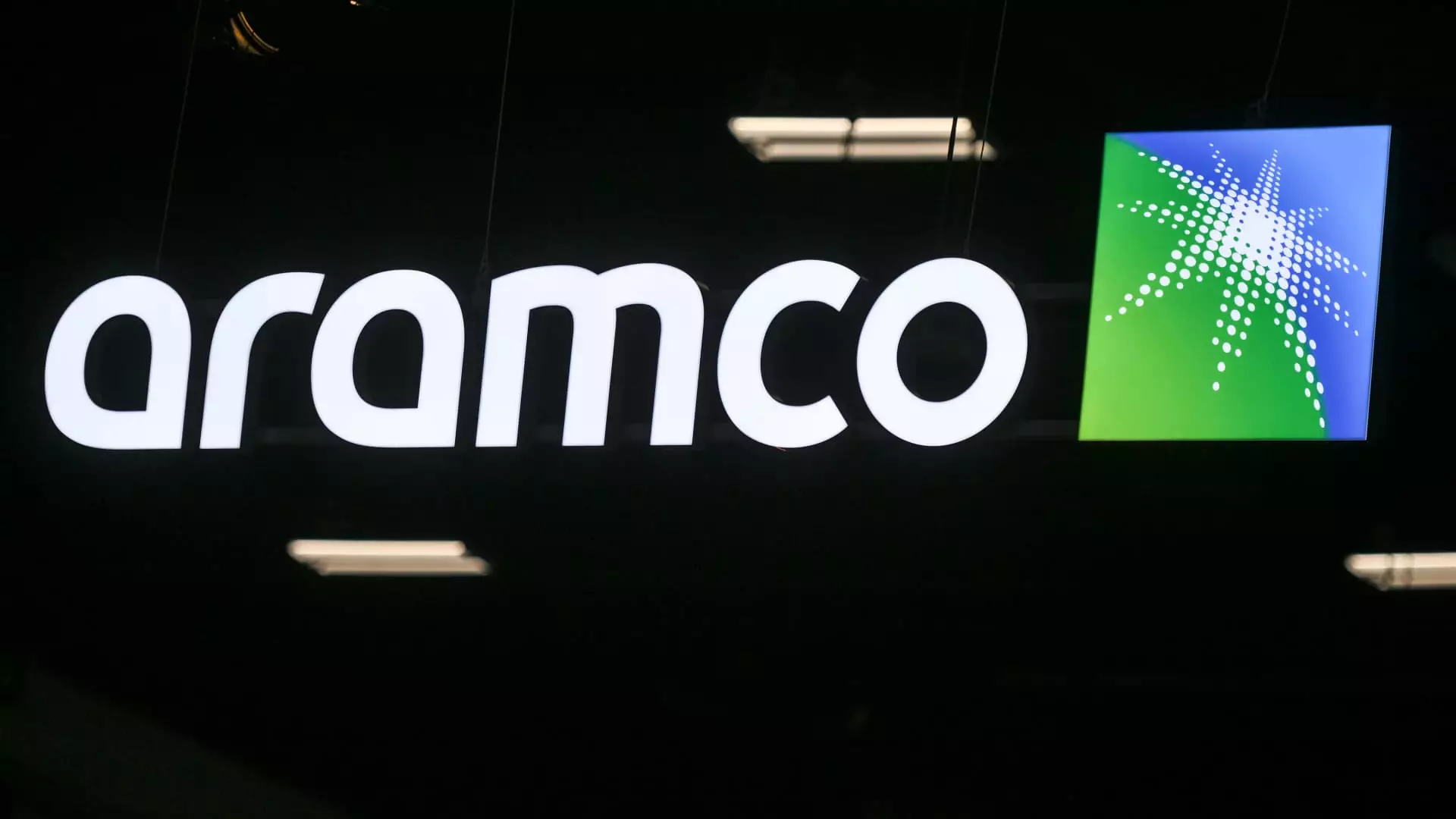Saudi Arabia’s state oil giant, Aramco, recently reported a 25% decline in profit to $121.3 billion in 2023. This is a significant drop from the $161.1 billion profit reported in 2022. Despite this decrease, Aramco has decided to boost its mega dividend payout to stakeholders and the Saudi government. The base dividend for the fourth quarter was increased by 4% to $20.3 billion, and the performance-linked dividend was raised by 9% to $10.8 billion, resulting in a total payout of $31 billion. This decision comes at a time when economic headwinds are impacting the global oil market, leading to lower crude oil prices and reduced refining and chemicals margins for Aramco.
In addition to the decline in profit, Aramco also reported a 17% decrease in total revenue, falling to $440.88 billion compared to $535.19 billion in the previous year. The free cash flow for 2023 also saw a decline to $101.2 billion, down from $148.5 billion in 2022. These reductions can be attributed to various factors, including lower crude oil prices and volumes sold, as well as reduced margins in the refining and chemicals sectors. Despite these challenges, Aramco remains profitable and continues to outperform its global peers in terms of net income.
Expectations for the Global Oil Market
Aramco CEO Amin Nasser expressed optimism about the global oil market, stating that global oil demand reached record levels in 2023. He expects the market to remain healthy throughout the year, with an anticipated growth of about 1.5 million barrels. Saudi Arabia, along with OPEC+ countries, has decided to extend voluntary oil output cuts until the end of June as a strategic move to stabilize prices and maintain market balance. This decision reflects the efforts of major oil-producing nations to manage supply and demand dynamics amidst ongoing geopolitical volatility and economic uncertainties.
Transfer of Aramco Shares to the Public Investment Fund
A significant development for Aramco was the transfer of an additional 8% of shares, valued at $164 billion, to Saudi Arabia’s Public Investment Fund (PIF). This transaction, overseen by Aramco’s Board Chairman and PIF Governor Yasir Al-Rumayyan, is one of the largest undertaken since Aramco’s listing. The transfer will allow the PIF to benefit from Aramco’s dividend payout policy, which saw a 30% increase in dividends to $97.8 billion in 2023. The PIF’s stake in Aramco now stands at 16%, worth an estimated $328 billion, strengthening the fund’s financial position and supporting its goal of reaching $1 trillion in assets under management by 2025.
Looking ahead, Aramco has decided to halt plans to increase its oil production capacity from 12 million to 13 million barrels per day. This decision will reduce capital investment by approximately $40 billion between 2024 and 2028. Instead, Aramco aims to focus on increasing gas production and expanding its liquids-to-chemicals business. The company’s average hydrocarbon production in 2023 was 12.8 million barrels of oil equivalent per day, with a target to increase gas production by more than 60% by 2030. This strategic shift reflects Aramco’s commitment to diversifying its portfolio and investing in new ventures to drive future growth.

Leave a Reply